9 trending pots for indoor gardens - our shopping editor knows how to elevate your growing game
Looking for that perfect pot for your houseplant? These 9 trending pots are the styles to buy now
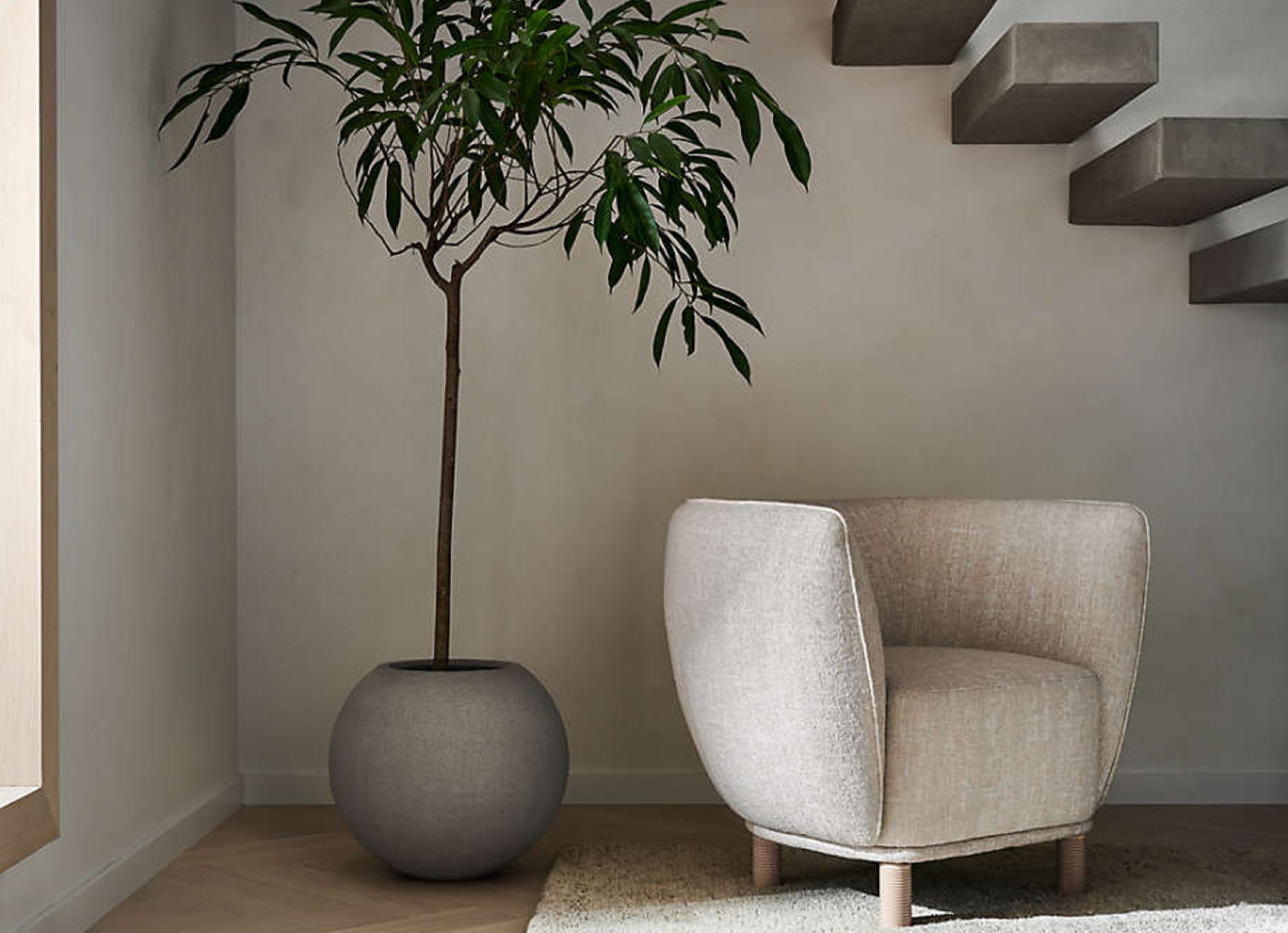

Quick Menu
Shop our selections by category:
1. Best spherical houseplant pots
2. Best basket houseplant pots
3. Best oversized houseplant pots
It's fair to say that I've got a mild obsession with houseplants. From where I'm writing alone I can see 11 plants of varying sizes, from my trailing satin pothos with its silver-speckled leaves to my sprawling big cheese (which I've just noticed has a new leaf pending!)
The mix of shapes, colors and sizing make my indoor garden collection what it is, and variety certainly keeps things interesting. But I'm almost as obsessed with the containers themselves - the houseplant pots.
'I'm loving the sphere pots from Crate & Barrel,' says landscape designer, Amber Freda. 'They are trending because they have a classic, timeless appeal and can work well in both modern or more traditional settings. They’re also more durable and made of higher quality materials than some of the plastic or resin materials that are available now, and they won’t be as likely to chip or crack as terracotta.'
Inspired by the latest trends in indoor vegetable gardens, trees, herbs and flowers - such as Jake Arnold's latest collaboration with Crate & Barrel, featuring a selection of seriously stylish plant pots - and armed with Amber's words, I bought three pots this year, of three different styles. A cute basket, a round pot for that curved feel, and an extra oversized pot, big enough for an indoor fruit tree and ideal to house my rubber plant that is in need of a good home. Here are others of a similar style that I'm considering buying next.
Best round houseplant pots
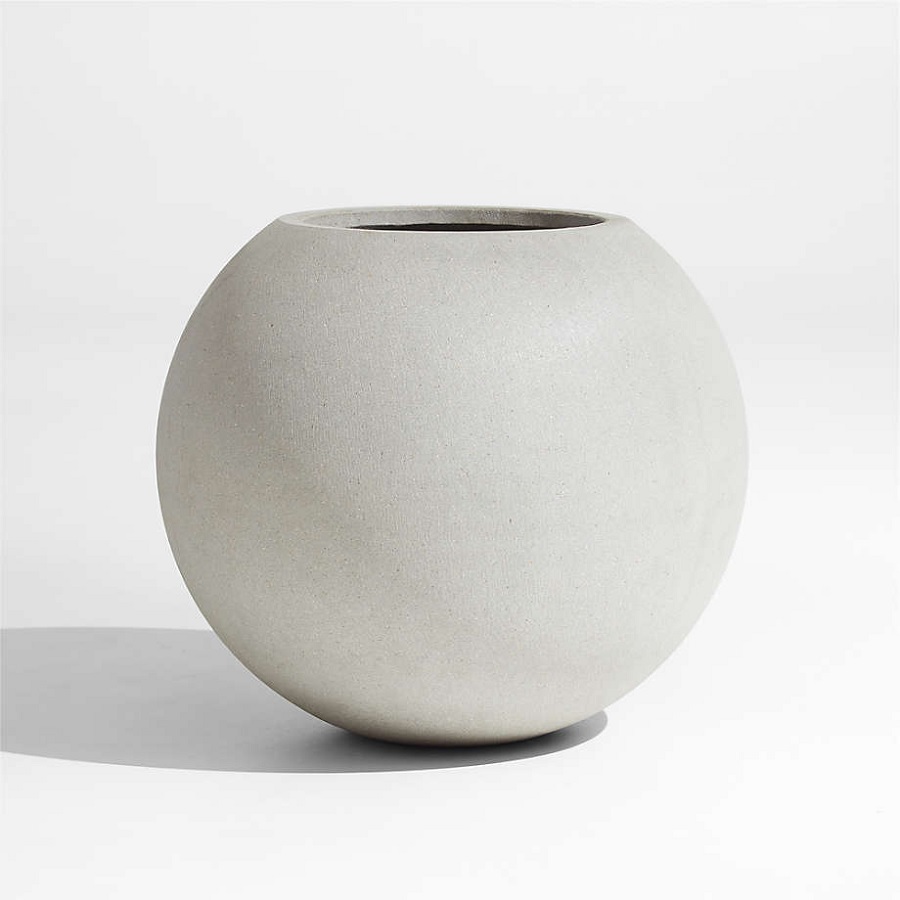
I love the perfect roundness of this spherical pot. There is no escaping it, curves and organic, spherical shapes are big in interiors, and there is no reason your hard materials can't be this soft shape either. It's simple and elegant and a nice piece for an entryway.
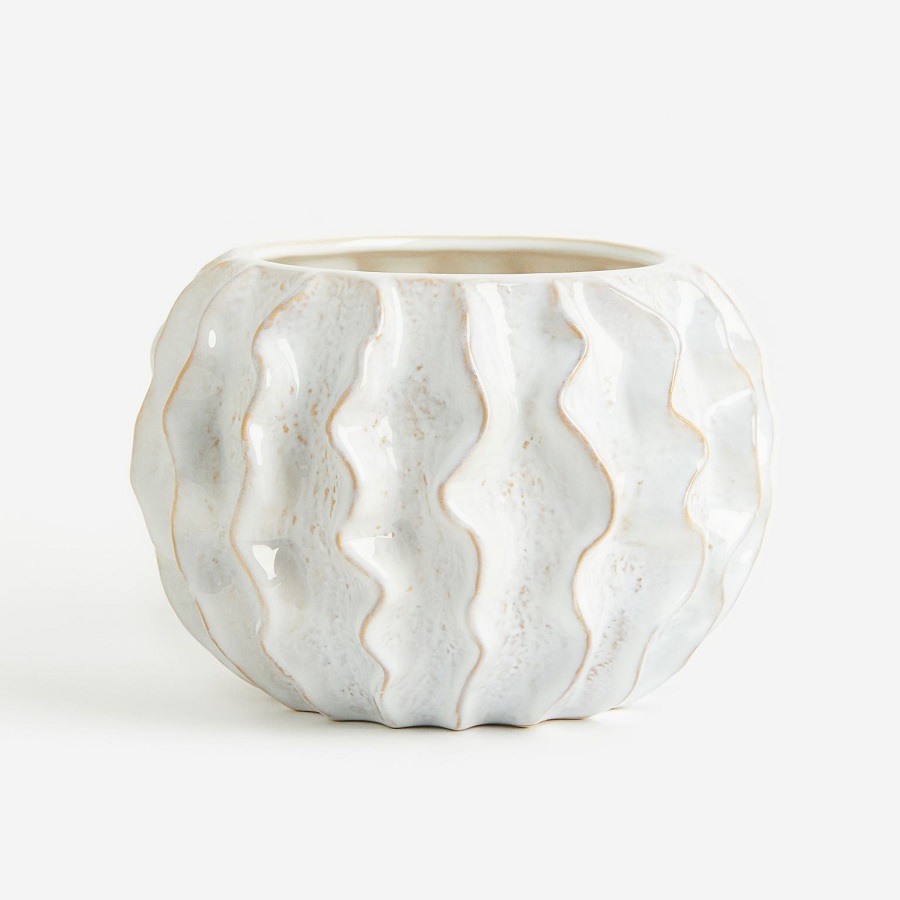
For a bit of extra texture, I like the ripples along the outside of this round plant pot from H&M. If you're looking for a simple way to decorate a minimalist bedroom that is lacking color, these fluted edges add a bit of extra texture.
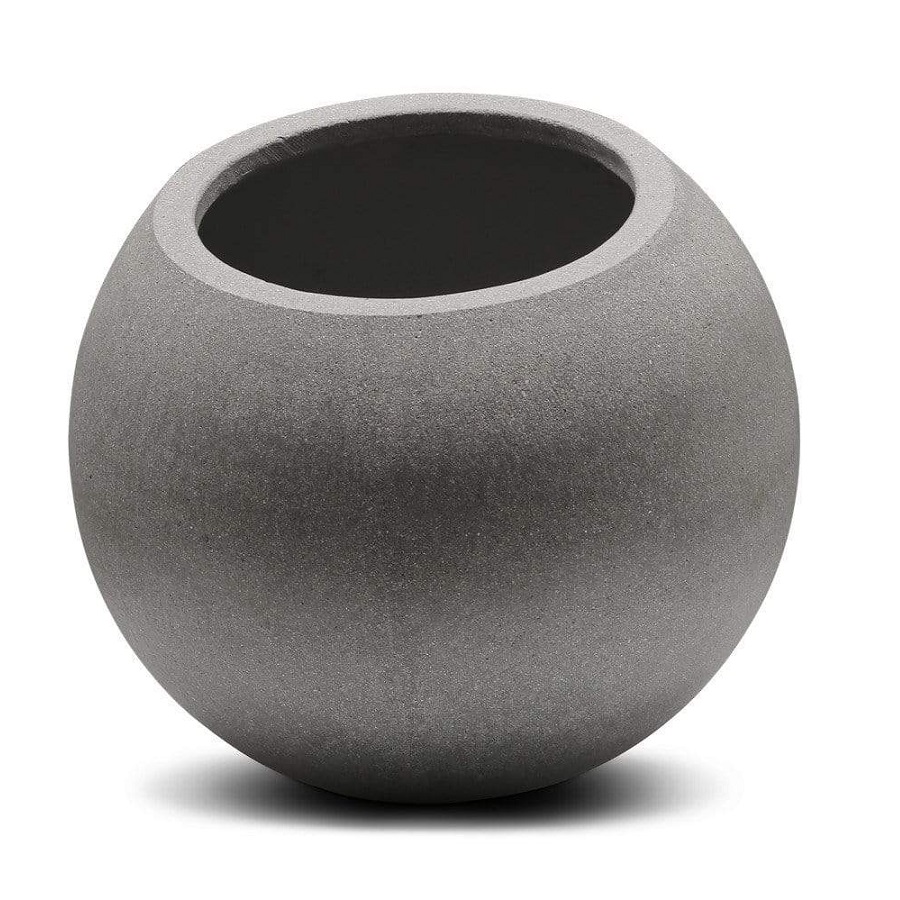
Adaptable for indoor and outdoor planting, this round ball-like pots are made from a lightweight yet durable faux-cement composite. They bring an industrial look and would look great with a statement fiddle leaf - one of the best indoor trees.
Best basket houseplant pots
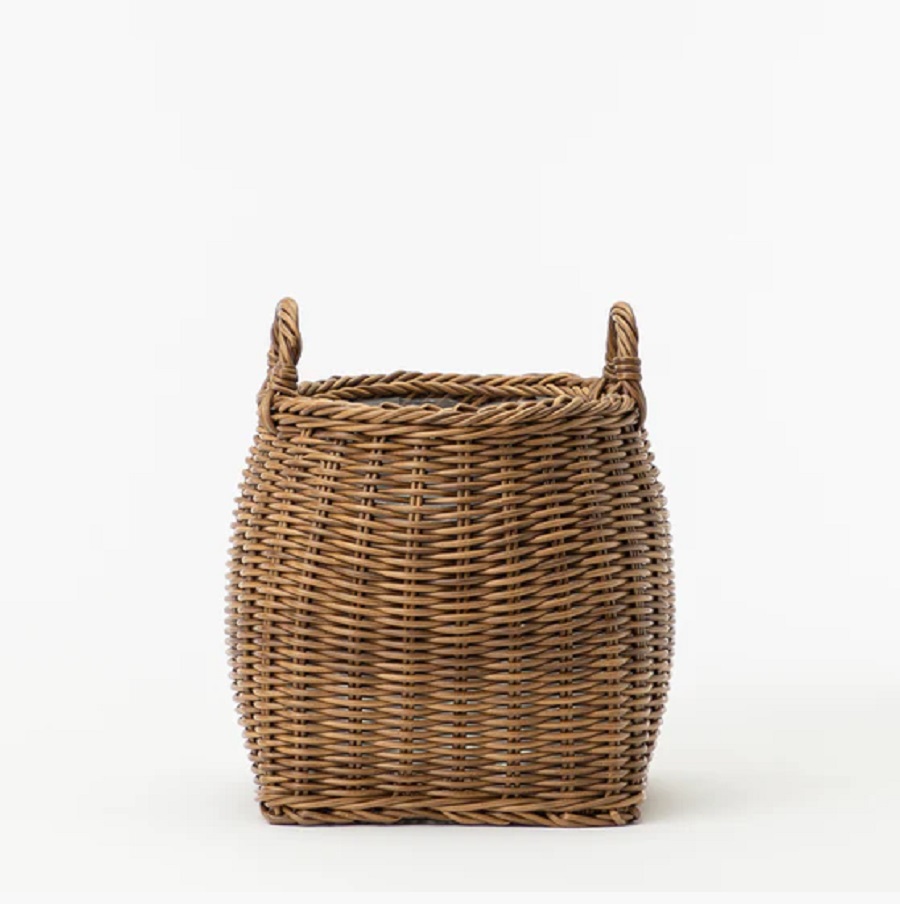
I love a basket pot, and the trend doesn't seem to be going anywhere. With a simple woven look, this planter basket is lined with a plastic insert so you don't need to worry about water damaging the bottom of the basket.
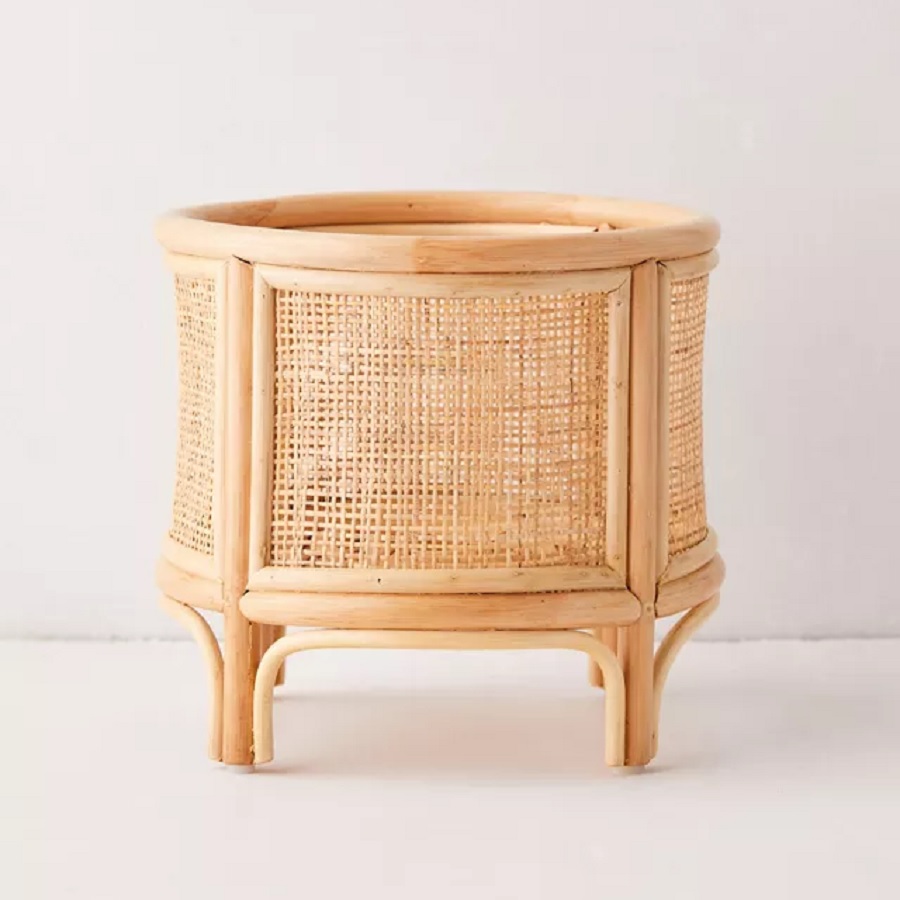
For something a little more Boho, this rattan look has a tropical feel, and would look great with a big leafy banana plant - one of the best trees to grow in pots. The standing base elevates your chosen houseplant off the ground to give it a bit more focus in the room.
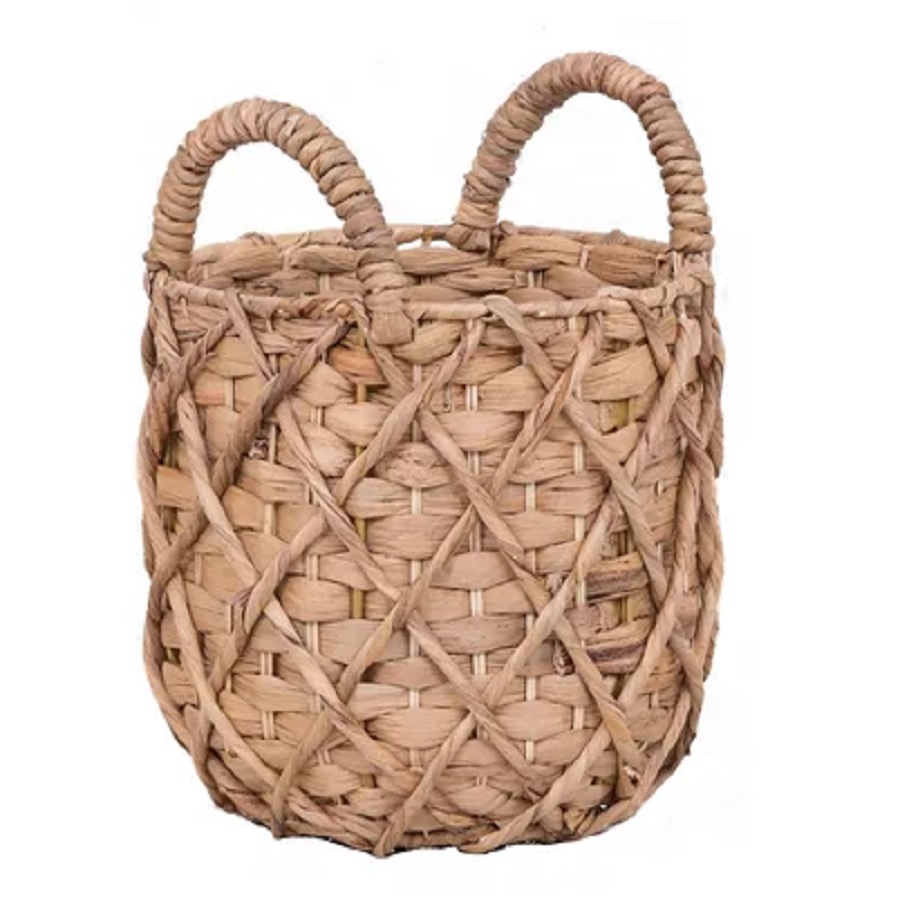
Another intricate weave that gives a hand-crafted look, but at such a bargain price - you can't go wrong with this budget-friendly Walmart steal. I like the cute handles too - practical for moving around when you want to give an unloved corner of the room a touch of greenery.
Best oversized houseplant pots
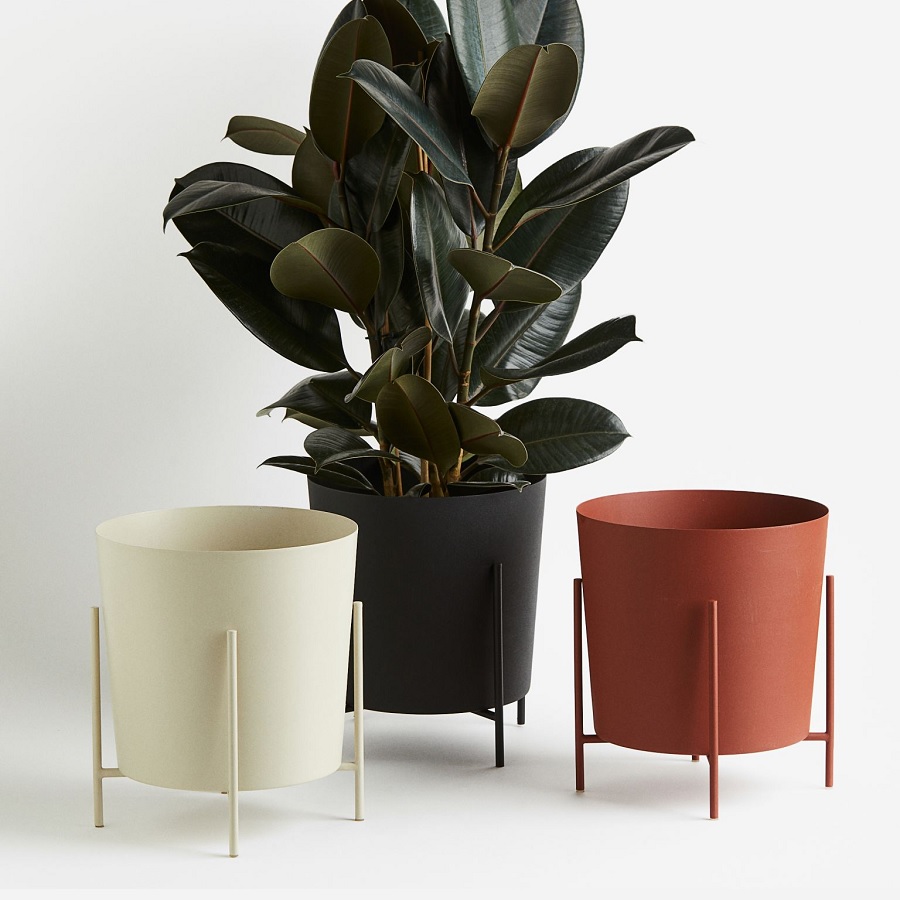
Extra large plant pots are definitely having their moment. They make quite the statement, especially when with a little stand of their own. I like these simple creations from H&M. Cheap, cheerful and in an array of playful color pops. Go red for something dramatic, or keep it minimalist with the black or white.
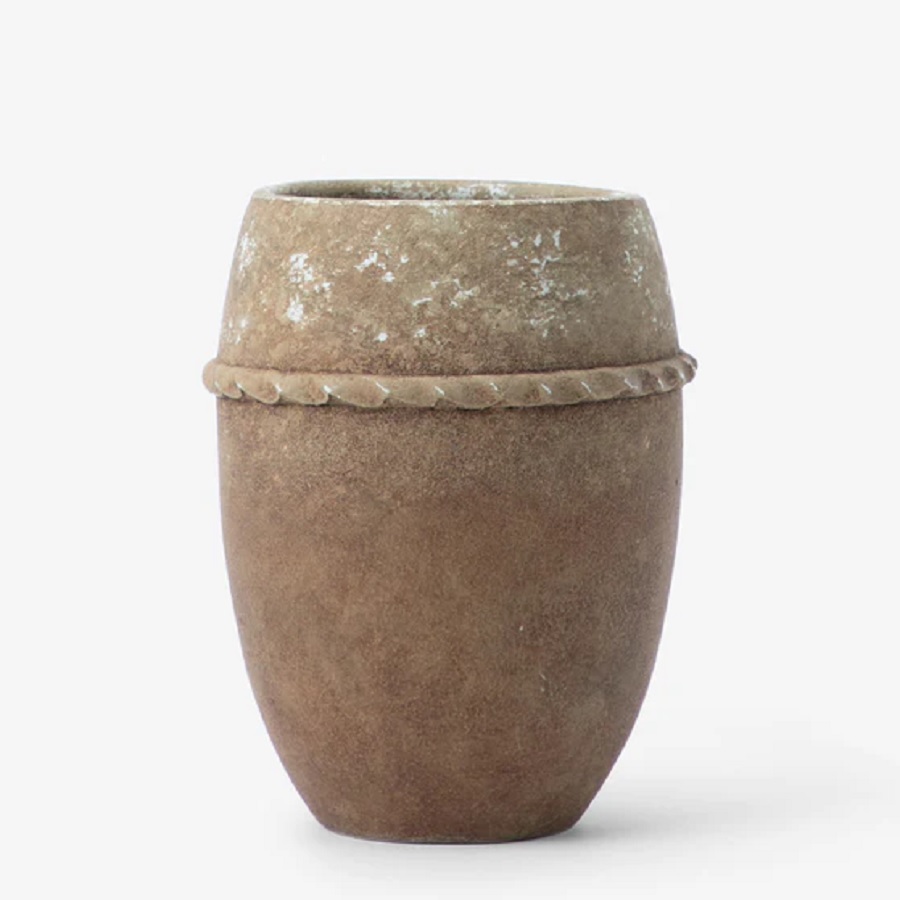
Go for the Mediterranean garden look and bring it indoor with these statement, terracotta plant pots made from hand-thrown ceramic. Make a statement in your entryway with one large mixed with a small sized pot for immediate style.
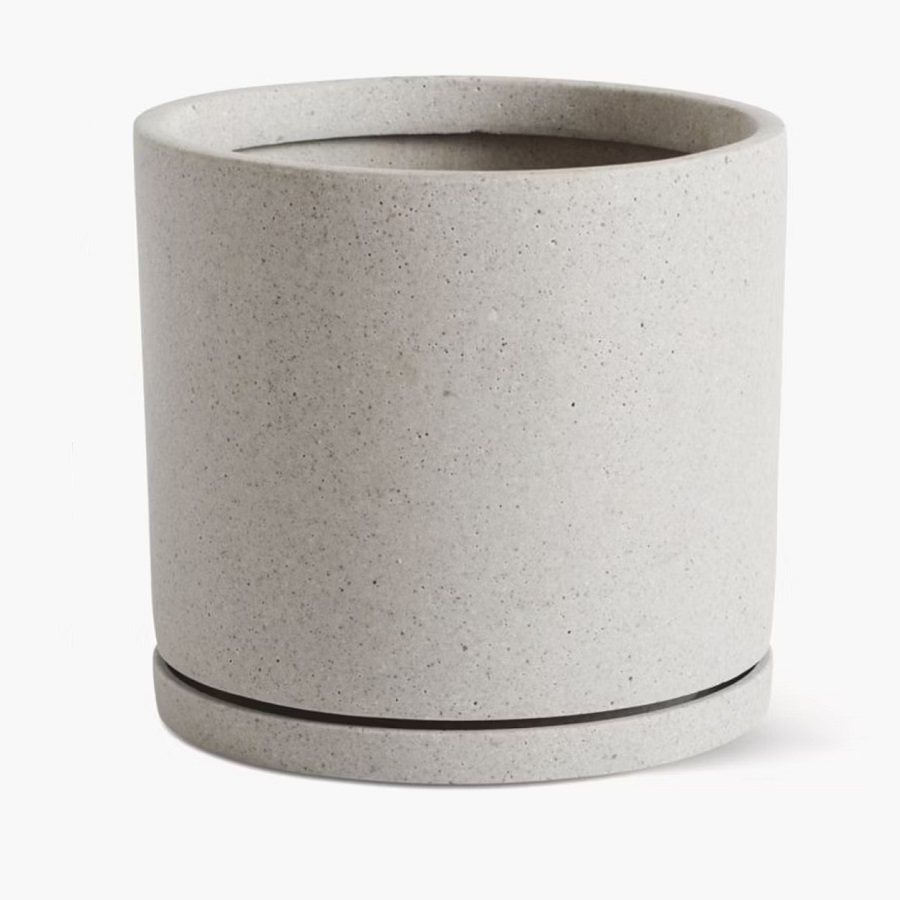
I love the grey tone and slight speckled effect of this extra large plant pot which has been crafted from polystone - a durable compound that mimics the texture of stone. You might be wondering if plants do better in plastic or ceramic pots - the answer is that it depends on the plant! Those that need a lot of moisture are actually better in man-made materials, like this.
What pots are trending?
'CorTen steel continues to be a popular option for modern/industrial-leaning spaces, but I’m seeing some really interesting zinc and brass options this season as well and love the idea of adding one or two to a space for an extra special pop of interest - Metal can feel luxe and add a bit of glamor to a space,' says Kat Aul Cervoni, founder of New York City-based landscape design firm Staghorn.
'For something bolder, like brass or copper, I would opt for an ornamental grass. For the more understate zinc, anything your heart desires - it’s a great neutral.'
'Another trend I’m seeing a lot of is planters with a strongly set-in base. I love the sculptural quality of these pots and the play on proportions. Style grouped together in mixed sizes or as an accent. These are well-suited for modern, contemporary and even mid-century style spaces.'
Which pots are best for indoor houseplants?
When it comes to indoor houseplant pots, you can have a lot more fun with the material you choose as they won't need to withstand the outdoor conditions. You'll also be decorating with plants, so you can pick colors and materials that work for your interiors. However, you need to make sure you go for the more porous option. Ceramics and clay will dry more evenly than in plastic pots.
Even though plastic is the cheaper option, there is nowhere for the water to escape to and plastic keeps the water in for nearly double the time as clay. If you do go for plastic, make sure the soil is held by another plastic pot with drainage holes on the inside.
Why do indoor plants need holes?
Drainage holes are all about allowing water to drain out. Plastic pots with holes at the bottom need to be inside the main outer, decorative pot if there is no drainage holes in the outer pot.
If you don't have drainage holes, the soil can become waterlogged, creating more chance of root rot, even for the most low-maintenance plants for indoor gardening. This is because the roots will only drink the water they require - so any excess water will just sit at the base of the soil. You really need the holes to make sure the soil loses this excess water. Another trick to help drainage along is to put broken-up ceramic or small shells into the bottom of your plant pot, creating gaps and pockets of air where the water can drain down.
For the best results, I would recommend bottom watering your houseplants. The drainage holes will allow the water to get sucked up from the bottom up, going straight to the root rather than having to filter down through various layers of soil.
Be The First To Know
The Livingetc newsletters are your inside source for what’s shaping interiors now - and what’s next. Discover trend forecasts, smart style ideas, and curated shopping inspiration that brings design to life. Subscribe today and stay ahead of the curve.

Former content editor at Livingetc.com, Oonagh is an expert at spotting the interior trends that are making waves in the design world. She has written a mix of everything from home tours to news, long-form features to design idea pieces, as well as having frequently been featured in the monthly print magazine. She is the go-to for design advice in the home. Previously, she worked on a London property title, producing long-read interiors features, style pages and conducting interviews with a range of famous faces from the UK interiors scene, from Kit Kemp to Robert Kime. In doing so, she has developed a keen interest in London's historical architecture and the city's distinct tastemakers paving the way in the world of interiors.
-
 Turns Out the Coolest New Café is Actually In Your Kitchen — Here's How to Steal the Style of TikTok's Latest Trend
Turns Out the Coolest New Café is Actually In Your Kitchen — Here's How to Steal the Style of TikTok's Latest TrendGoodbye, over-priced lattes. Hello, home-brewed coffee with friends. TikTok's 'Home Cafe' trend brings stylish cafe culture into the comfort of your own home
By Devin Toolen
-
 5 Bathroom Layouts That Look Dated in 2025 — Plus the Alternatives Designers Use Instead for a More Contemporary Space
5 Bathroom Layouts That Look Dated in 2025 — Plus the Alternatives Designers Use Instead for a More Contemporary SpaceFor a bathroom that feels in line with the times, avoid these layouts and be more intentional with the placement and positioning of your features and fixtures
By Lilith Hudson